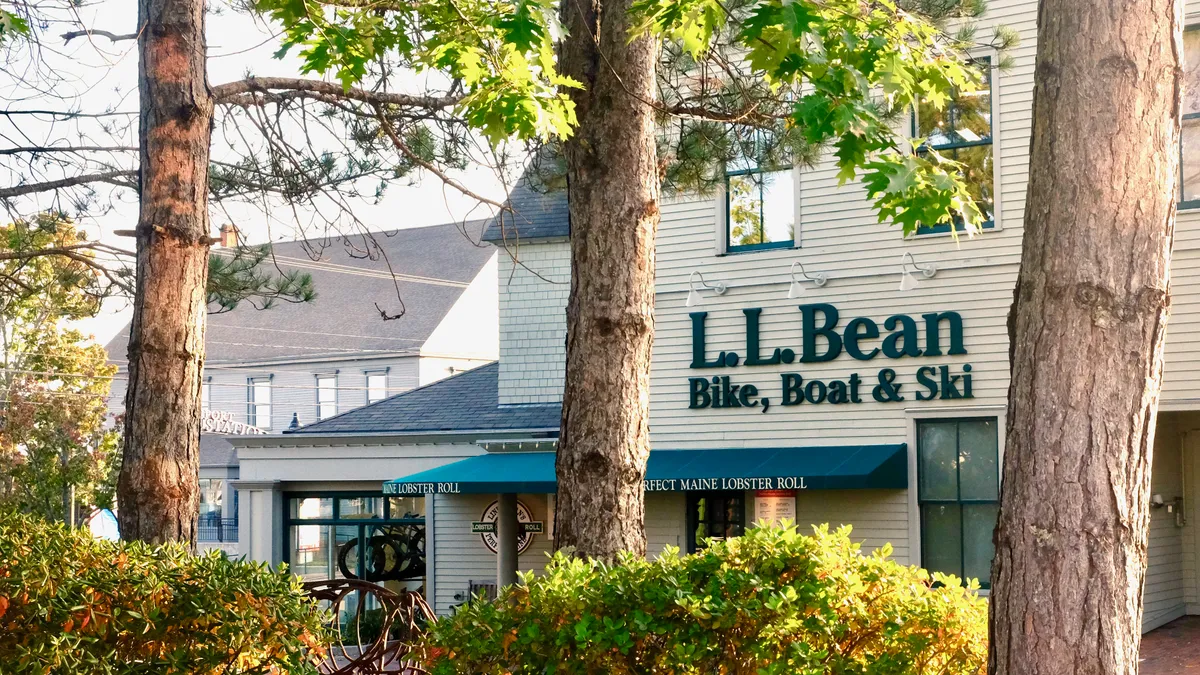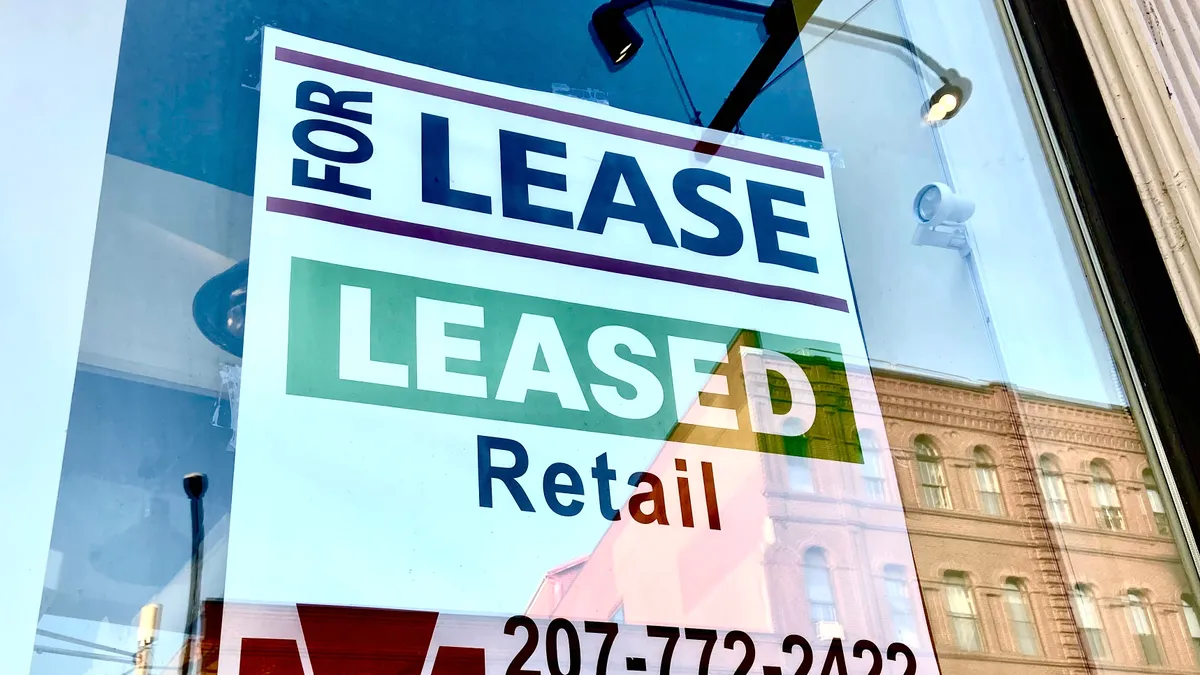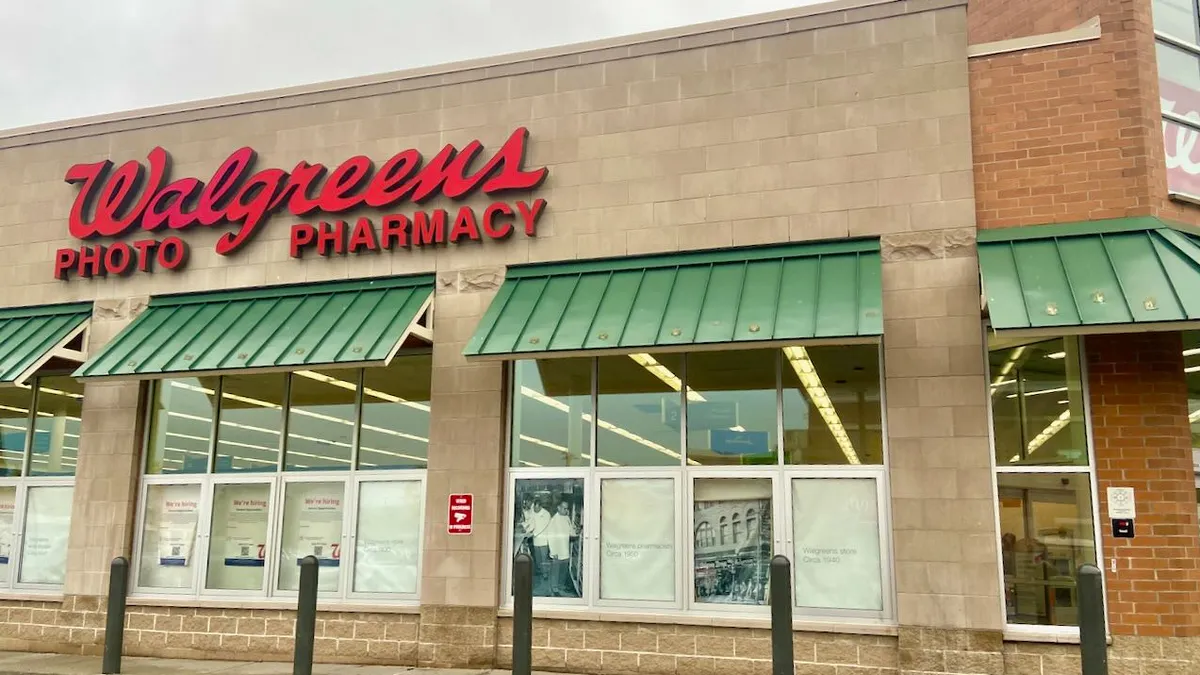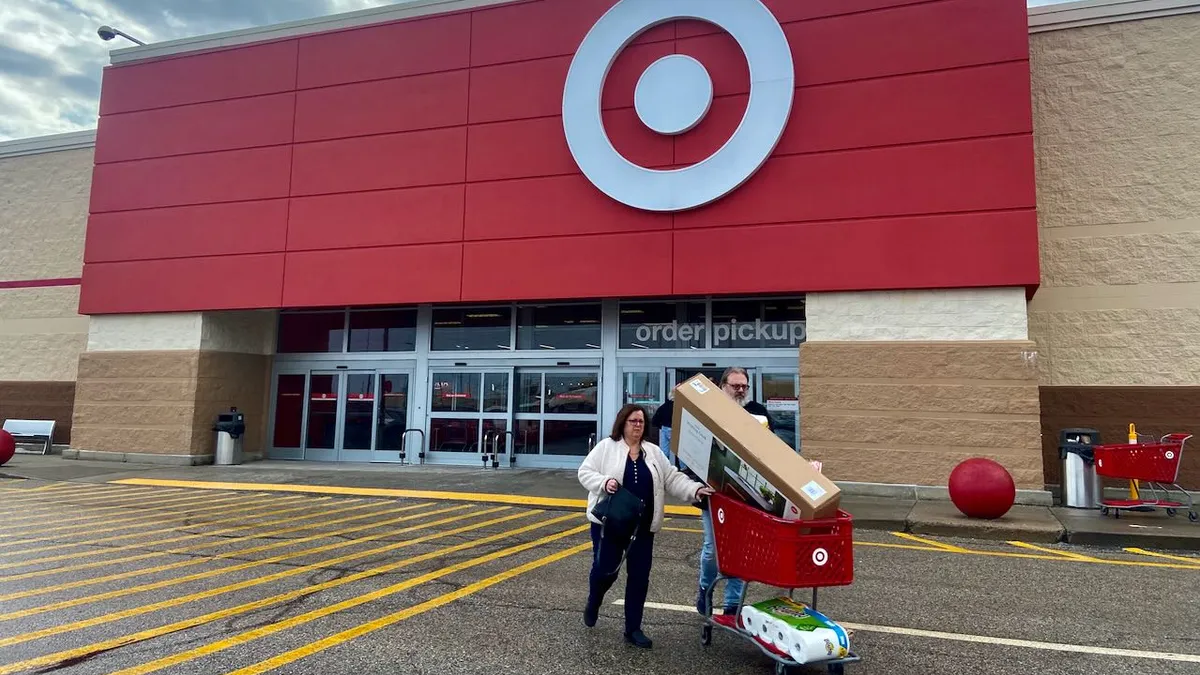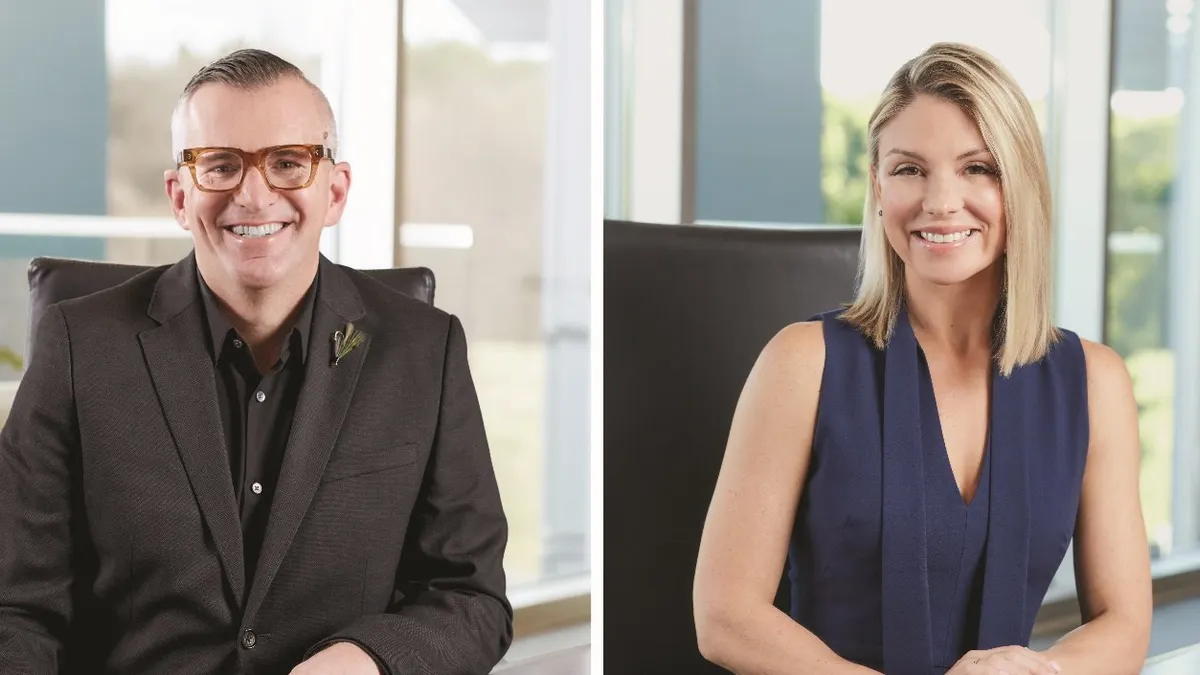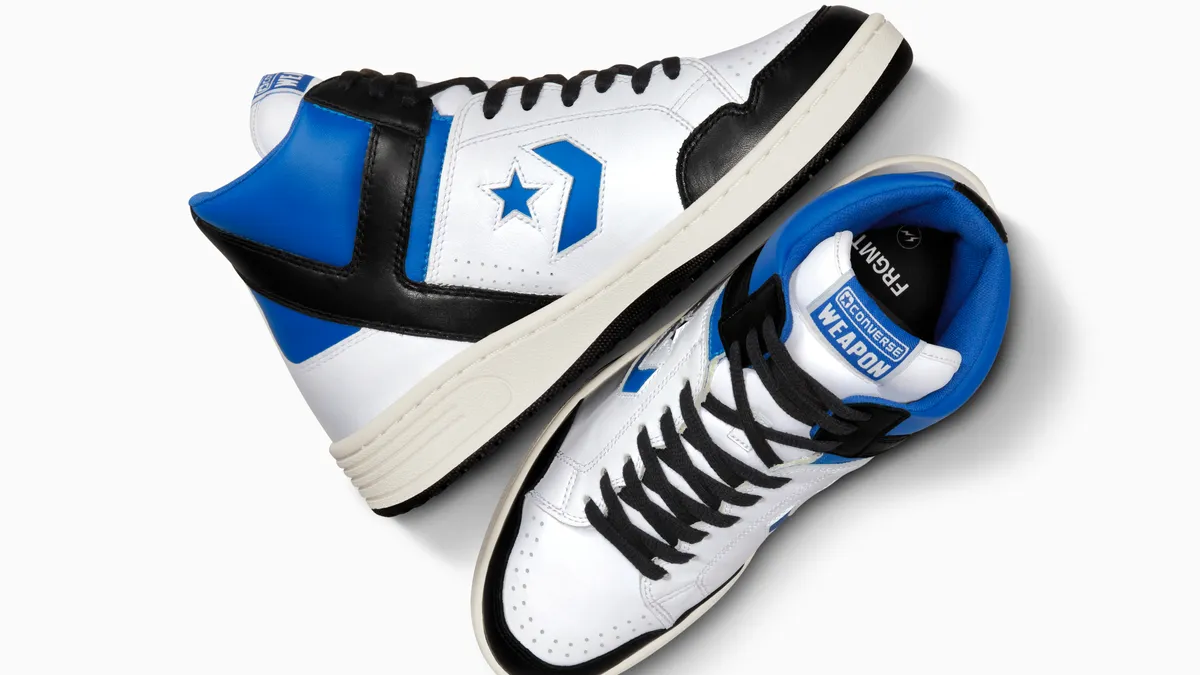On has a few things other buzzy brands don’t have: profitability and a stock price that has never fallen below $15.
As for why On has been able to achieve profitability where others have struggled, co-CEO and CFO Martin Hoffmann has a simple answer.
“We are Swiss,” Hoffmann said in an interview, “and from the very beginning, it was very important for us to build a profitable business. And in the end, aiming for profitability gives you also a clear guideline and rail guards what you do — and that helps a lot in terms of where you allocate resources, how much you grow, where you grow.”
Not only has the company reached profitability (the business has been profitable since 2014), but Hoffmann also stressed that the company has increased its profitability year after year, while still allowing itself to invest in new markets, products and sustainability initiatives. In the brand’s recent third quarter earnings report, net income grew 59% over the previous year.
The company’s financial stability may also be part of why its IPO has not gone quite as disastrously as some others in the market. While the brand’s share price is a good deal lower than when it debuted, the stock has hovered around $15 to $20 since August.
Hoffmann said the company didn’t go public because it was a popular move, but because the business was in a good place. ”We went public in a moment where we had built a company where we knew we had built many drivers for growth that give us a lot of confidence that we will [continue] delivering on what we promise,” Hoffmann said. “We always knew that, in the end, the IPO is just a new starting line and this is how we approached it. And ever since we basically exceeded the expectations that we have set out.”
But there is one other not-so-secret reason for the brand’s success: an early start in wholesale.
The wholesale difference
Unlike many up-and-coming brands, On’s net sales from wholesale are still higher than its net sales from direct-to-consumer channels. Co-CEO Marc Maurer sees wholesale as an important part of the company’s strategy and a reason for its growth.
“Back in 2015, 2016, 2017 — we got so many questions on why we're doing wholesale,” Maurer said. “We always said, you know, we're doing wholesale because it allows us to acquire new consumers in a cheaper way and to scale the brand quite efficiently. Because if you're a pure DTC, you have to create brand awareness.”
It’s much cheaper to have a trusted wholesale partner create that brand awareness for you. For running, which was On’s initial focus, the brand has partners including Fleet Feet and Dick’s Sporting Goods. The emphasis is on finding retailers that effectively reach On’s target audience.
“Then the question is, ‘OK, can the partner bring the brand to life in a good way?’ It has to be premium, it has to be price stable, and we have to be able to execute the brand in a way that feels authentic to us,” Maurer said. Part of the appeal of Dick’s, for example, was that On would have shop-in-shops at the retailer with a brand storytelling element. “We're not going to go into discounting channels, for example. We're not going to go into channels where we feel they are not displaying the brand in a premium enough way. But the core is always: Which consumer are we reaching?”
Also important to On are factors like data-sharing availability.
“We would not work with Dicks if we didn't know what their inventory position in On is, for example, because then we couldn't control the number of products in the market,” Maurer said.
The brand is opening more of its own stores as well, but these locations are additive to wholesale and are mostly planned for key cities, according to Hoffmann. Store locations include Tokyo, Zurich, New York and Los Angeles. The brand already has plans to open in Miami and London, as well as to hopefully open in Paris ahead of the Olympics.
China is a different story, since On has a very limited wholesale presence there. That means more stand-alone stores than in other geographies. For the rest of its locations, though, On is focused on using stores to connect with shoppers — through fun runs or other events — and as a way to better showcase its nascent apparel business.
“Where our retail stores will play an important role is in the expansion of apparel because in apparel you want to show basically head-to-toe experience,” Hoffmann said. “And our own retail stores give us that opportunity much better than many of our retail partners.”
Overall, though, the company’s strategy centers on being both DTC- and wholesale-driven. It’s a model that DTCs might do well to learn from.
“If you look at pure DTC brands, at some point they need to spend a lot of money to grow beyond a certain size. Customer acquisition costs just become extremely expensive and that then makes it very, very unprofitable,” Maurer said. “And this is exactly why we said ‘Hey, we are not just a wholesale brand, we are not just a DTC brand, we are both.’ And that has allowed us to become the size that we are today … with very limited funding compared to some pure DTC players and with a way higher profitability. That's a bit difficult if you're a pure DTC brand.”
More than just a running shoe brand
Having achieved arguably the most important goal — operating a business profitably — On is now focused on expansion. When the brand filed for its IPO in 2021, it already had plans to launch apparel and accessories, and begin selling products more aimed at the outdoors. Now, tennis is on the company’s mind. (Tennis star Roger Federer invested in the brand in 2019.)
“We feel there's an opportunity in tennis, which we'll talk about this year. And we also feel that there's an opportunity in creating performance tennis shoes that you can wear all day and every day,” Maurer said. “And I think this hasn't been done yet. You have a Stan Smith, you have an Air Force One and so on, but those are not shoes that you can really play tennis in.”
Along those lines, Maurer and Hoffmann want to reposition On as a sportswear brand. To that end, Hoffmann told an audience at ICR that the company purchased the URL for “on.com”. The brand’s website has always been “on-running.com.” A big part of that journey lies in apparel, which Maurer said during the same discussion is being heavily invested in by the brand.
“I think where we are now is: We've had apparel in the market for a few years and we learned a lot. And 2023 is the first year where we can really implement some of those learnings,” Maurer said at the conference. “So reflecting a bit on the past, I think what we know is that pieces that are rooted in running and that you can wear all day and every day are working really, really well. So we'll work on that collection.”
Customers can also expect more products aimed at running and everyday wear further down the road. Currently, the brand’s website features items like a $170 pair of running pants and a $50 Merino beanie. Maintaining those prices is incredibly important to the company: Hoffmann told an audience at ICR that 94% of the company’s online sales during the past holiday season were full-price.
“So this shows the strength of the brand, but also our commitment of not engaging in the discounting,” he said during the discussion.
The brand has also raised prices on 80% of its products to combat inflation. More price increases could come further down the line, but Hoffmann doesn’t want On to overextend and end up having to discount.
Apparel is still a relatively new venture for the company, but it’s one that On recognizes as critically important to its future.
“It’s strategically very, very important to On looking a few years out,” Maurer said at the conference. “If you want to build a $5 billion-plus brand, you need to be strong in apparel.”








